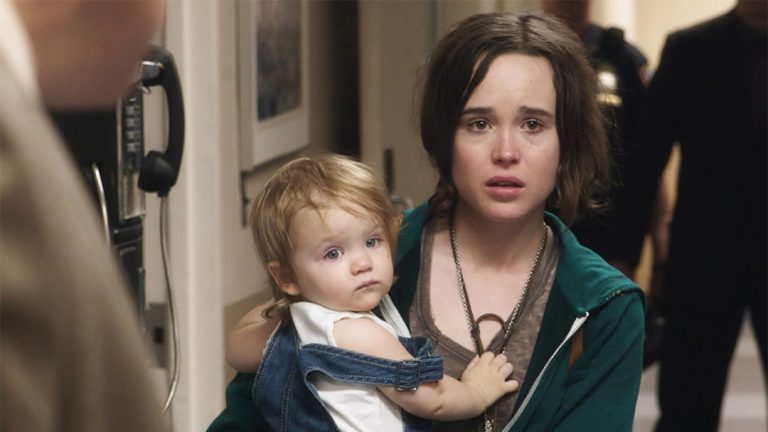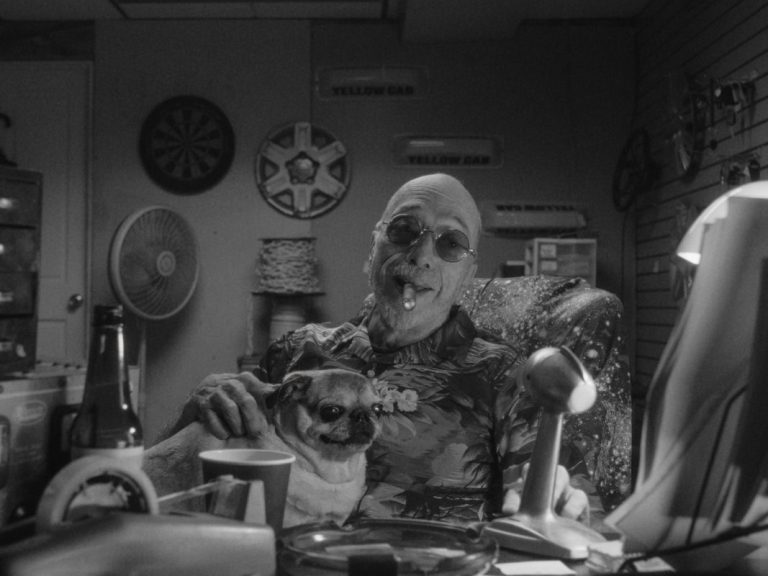The Good Sister” (Schwesterherz, 2025) is a conscientious drama about a woman who finds herself at odds with herself after her brother gets accused of something horrific. Sarah Miro Fischer directs this agonizing tale based on a screenplay she co-wrote with Agnes Maagaard Petersen. Her film unfolds through the eyes of Rose (Marie Bloching), the 20-something sister, who struggles with the ideas of truth and justice. It becomes contextual in her case as she wonders whose justice she should root for or what version of truth to believe in.
Rose is distressed primarily due to her close bond with her brother. Samuel (Anton Weil) is introduced as a reliable figure in her life, whom she trusts and deeply cares about. He seems to have always been protective of her, which is reflected in their familial dynamic. While she does not have a place to stay, he offers her shelter and remains to be a comforting presence in her life. So, it is hard to imagine that someone like him can veer into a reckless path. Rose falls into the same conundrum after she learns about the rape charges against her brother.
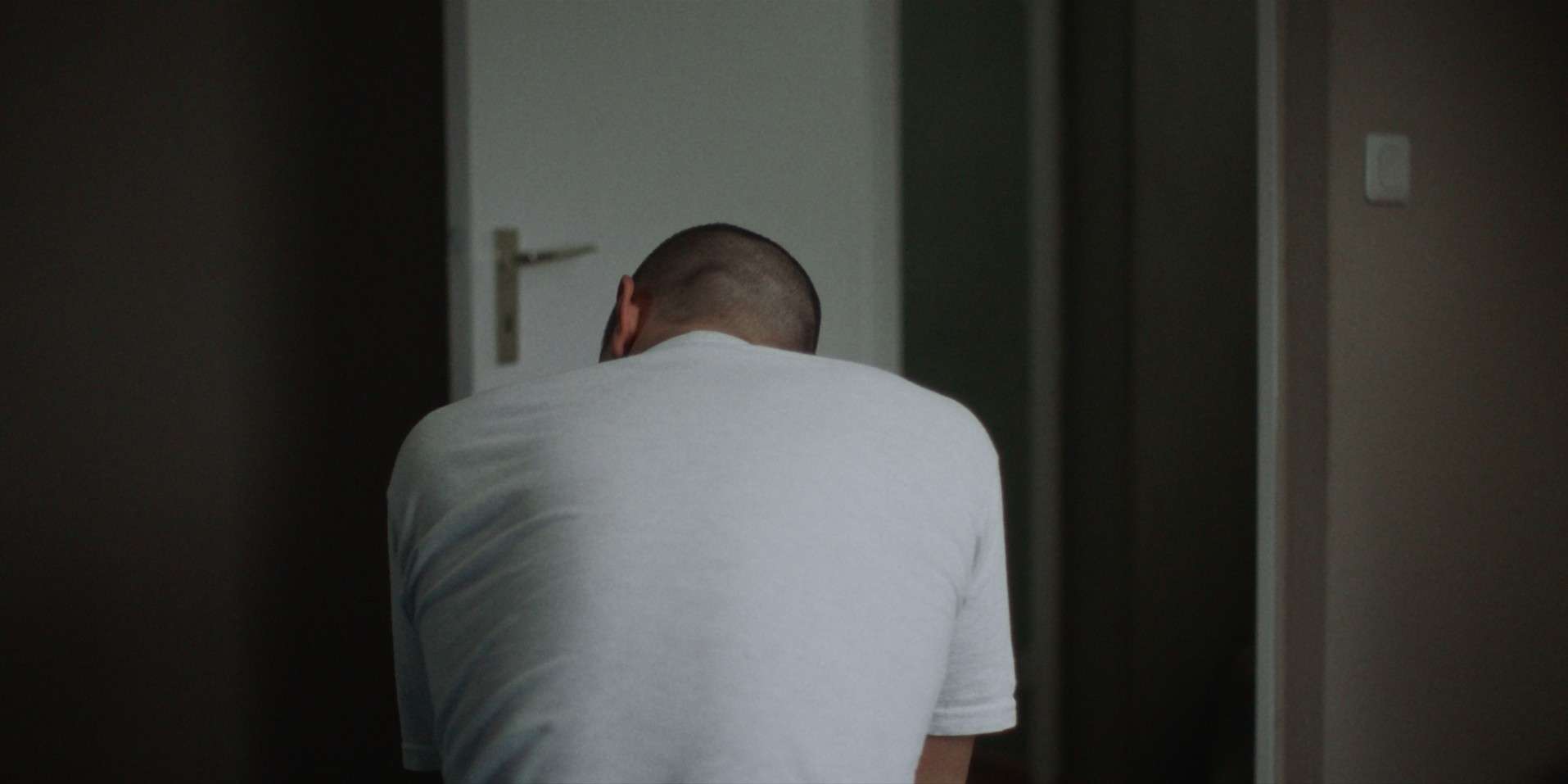
The accusations appear at a difficult time in her life when she craves someone’s emotional support. She spends her days working at a medical facility while trying to get over the loss of her recent relationship. In her spare time, she attends an art class where she befriends a charming man, who does not overstep his boundaries. He appears respectful of her anxieties and desires without being desperate or pompous. She seeks his emotional connection while struggling to find it at home. Uncertain about her brother’s actions, she tries to wrap her head around its possibility.
Rose fights her internal conflict as she tries to separate her perception from the truth. The film looks at this world mainly through her singular perspective, which turns it into an investigation of truth besides being a pursuit of justice. By choosing this lens, the film adds a few more layers to its drama, which otherwise could have been a conventional plot-driven morality play. The script examines Rose’s struggle to reach a conclusive judgment. A lot of her indecisiveness comes from the clash between the different roles she plays in her life. Whether as a sister, a daughter, or a romantic partner, she fears she will lose a part of herself if she accepts a particular conclusion.
“The Good Sister” analyzes her decision paralysis through similar anxieties about the implications. She finds herself in a Rashomon-like stage, trying to understand whose statement holds water. It’s an exhausting task considering the tough spot this situation puts her in. While fighting between subjectivity and objectivity, she returns to her daily life without being able to let go of her underlying quandaries. The film makes us painfully aware of the all-encompassing effect it has on her.
The title reflects the crushing burden of ideals that Rose needs to deal with. In the face of this pressure, she conceals or rejects some parts of her life. However, her conscience doesn’t let her make peace with it. The mind-body dissonance also comes into the picture since she begins to introspect about one’s relationship with one’s body. While in her art class, she joins others in observing a nude model to sketch their artwork. This consensual interaction between a model and an artist allows her to look at shame and trust in a new light.
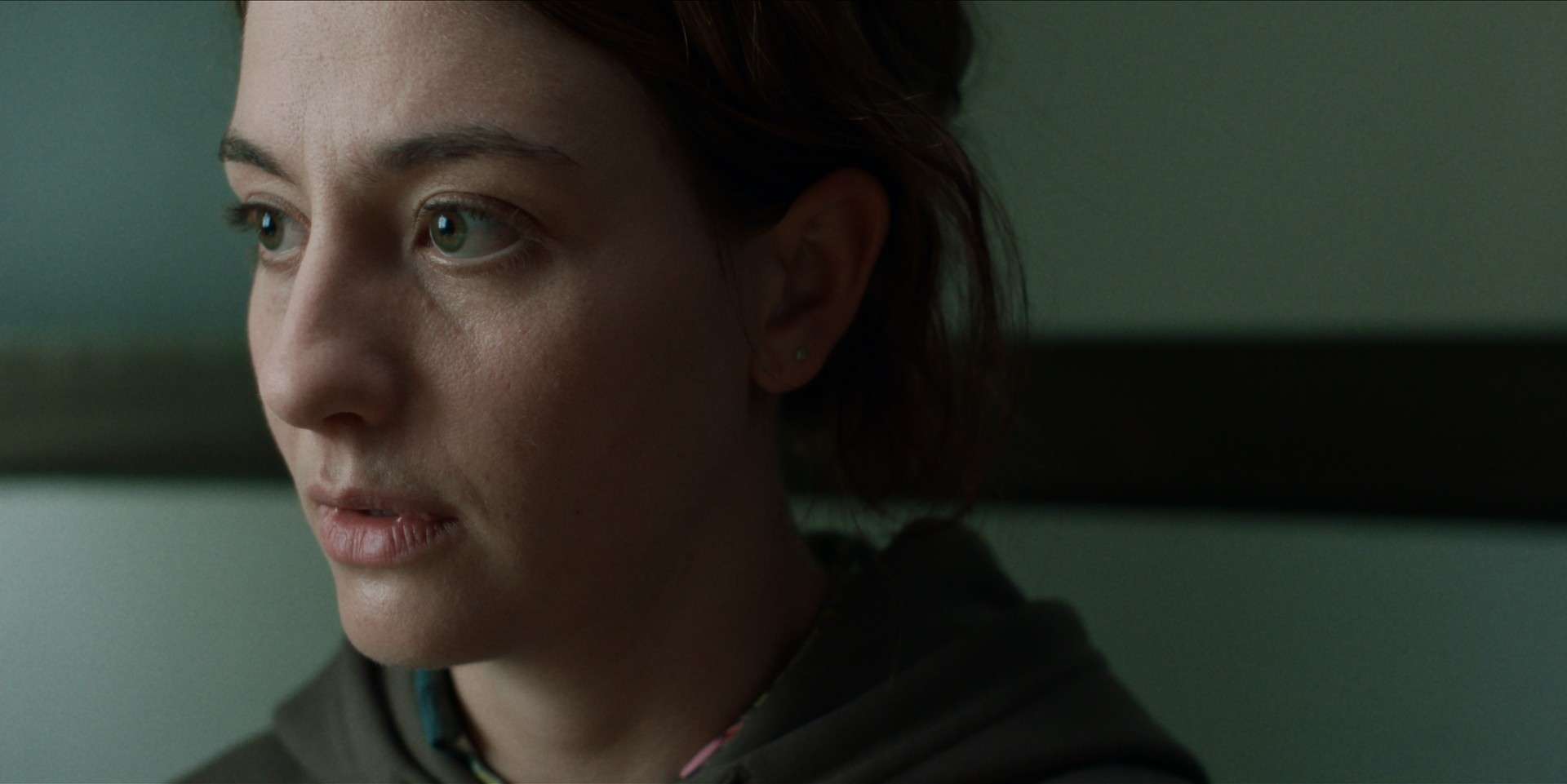
The film reveals more about its characters, wordlessly, through their expressions and mannerisms. Whether it is guilt, anger, uncertainty, or distress, it relies solely on how their bodies react to different circumstances. The camera hovers around Marie Bloching for the most part, offering us nearly everything it can to reveal about Rose’s emotional state. With this approach, the film coveys Rose’s distress through the changes in her body language, from how she occupies any given space and how it changes over time as she uncovers new details about the conflict. It ties in with the film’s central discourse about understanding bodily cues.
As it happens, the script does not unload a barrage of insights about her anguish. So, it is not a philosophical investigation of the nature of truth in the way “Anatomy of a Fall” is. Instead, “The Good Sister” is a stimulating portrait of Rose’s psychological journey, rooted mainly in her buried anguish. She tries to map the truth herself either through a dialogue or an experience. While doing so, she does not always come at the other end in a flattering light. At times, she appears immature or influenced instead of assured and ideal. Marie Bloching, who occupies most of the film’s visual space, meticulously conveys nearly everything that occupies Rose’s mind.



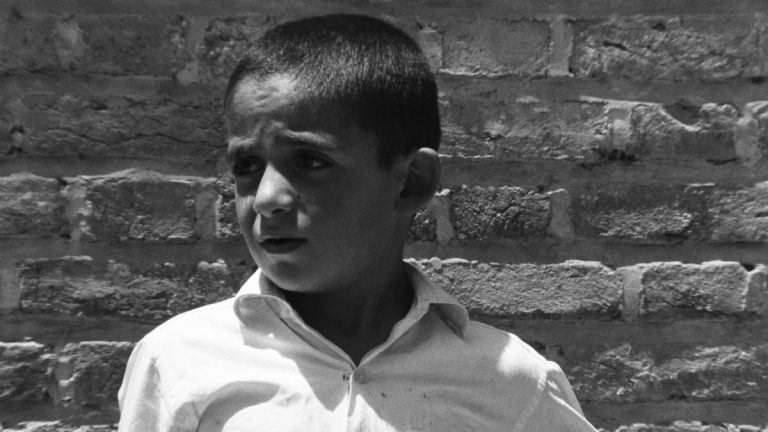
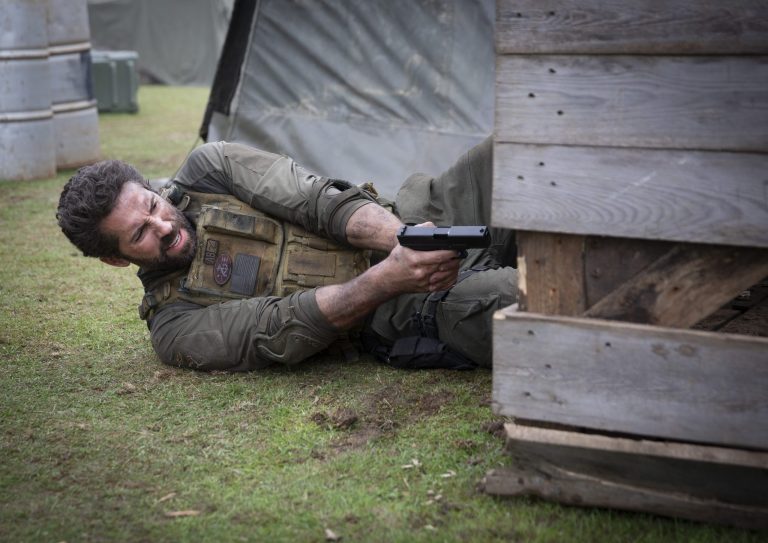
![Ad Astra [2019] Review – An Exhilarating cinematic Experience](https://79468c92.delivery.rocketcdn.me/wp-content/uploads/2019/09/Ad-Astra-768x512.jpg)
![The Revenant [2015]: A Beautiful & Bloodcurdling Visceral Cinema](https://79468c92.delivery.rocketcdn.me/wp-content/uploads/2015/12/The-Revenant-3.jpg)
